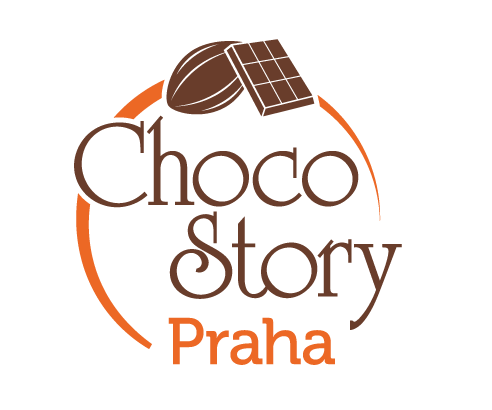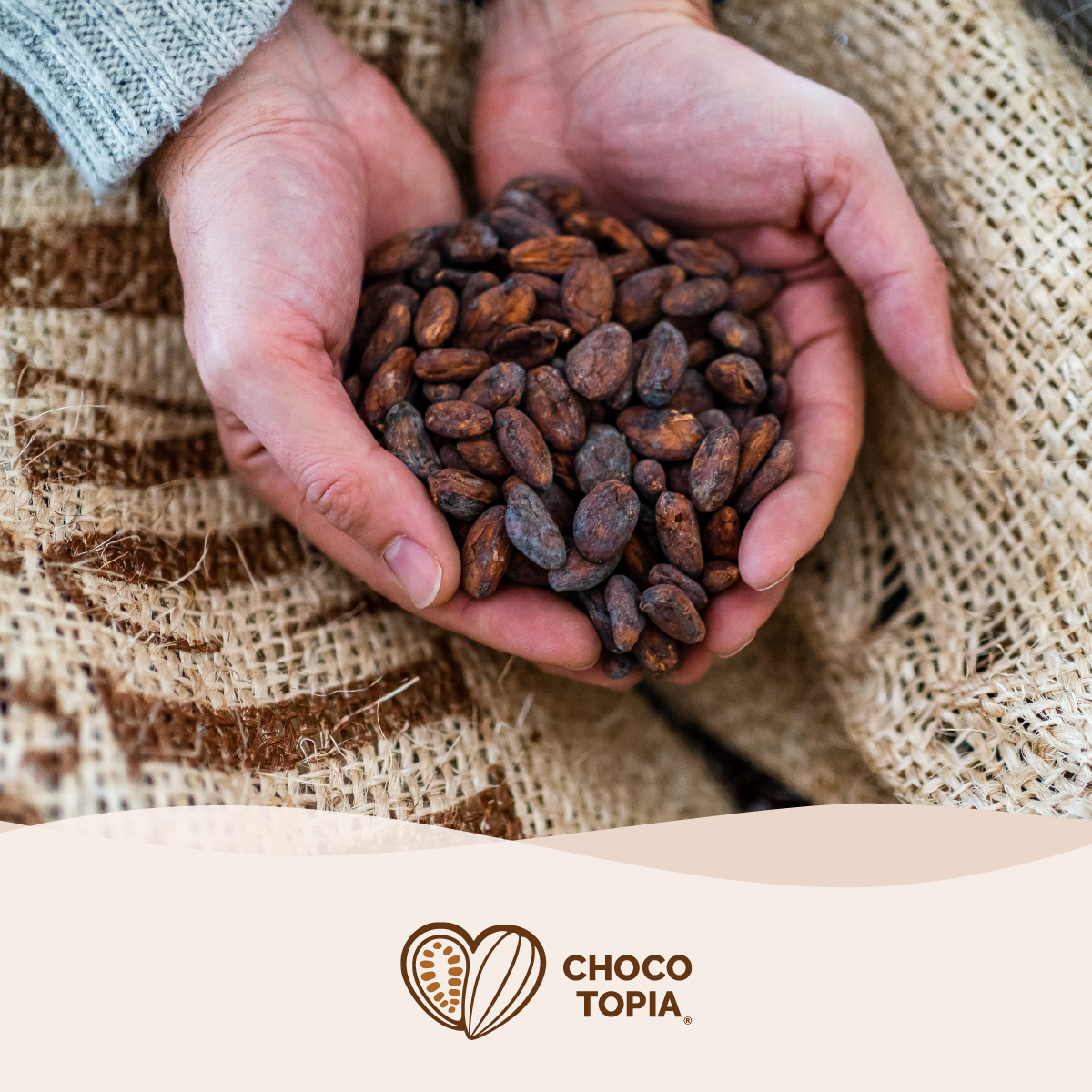For the Aztecs, cocoa was also considered a medicine. As soon as it arrived in Europe, chocolate was used in medical treatments and pharmacopoeia. Therapeutic properties and wonderful virtues have been attributed to it, right or wrong. Here are some scientific realities about the components and properties of chocolate. Read on, and consume without moderation!
Chocolate is a source of minerals and caffeine
In addition to proteins, carbohydrates, and fats, chocolate contains fiber, vitamins, and many minerals. These are essential to the body. Here are the main minerals:
– Magnesium is essential for nerves, muscles, and to fight fatigue.
– Calcium (mainly in milk chocolate and white chocolate) is essential for the formation of bones and teeth.
– Phosphorus is essential for chemical reactions inside our cells. In addition to calcium, it also constitutes the mineral framework of bones. Chocolate is a good source of phosphorus.
– Copper is essential for protein synthesis, iron absorption, and the formation of red blood cells.
– Potassium is involved in muscle excitability and in heart metabolism. Chocolate provides a large amount, which is good for the heart.
– Iron helps build red blood cells and myoglobin in muscles. Cocoa is one of the main foods rich in iron of plant origin.
Mineral breakdown
| average for 100g | dark chocolate 70% cacao | dark chocolate 70% cacao | Mil chocolate | white chocolate |
| MAGNESIUM | 206 mg | 84.2 mg | 77.7 mg | 26 mg |
| POTASSIUM | 727 mg | 474 mg | 565 mg | 350 mg |
| FER | 10.7 mg | 17.1 mg | 4.24 mg | 0.2 mg |
| CALCIUM | 60 mg | 130 mg | 178 mg | 262 mg |
| PHOSPHORE | 248 mg | 168 mg | 230 mg | 230 mg |
| CUIVRE | 1.4 mg | 0.584 mg | 0.338 mg | Traces |
| SODIUM | 4.14 mg | 19.1 mg | 50.9 mg | 55 mg |
Source: Table CIQUAL 2012
Caffeine:
Chocolate also contains caffeine, which acts on the neurotransmitters of the central nervous system to cause a stimulating effect that increases attention and helps to fight against drowsiness.
For comparison, here is the relative caffeine content of some foods:
– Instant coffee (100 ml): 60 mg
– Black tea (100 ml): 40 mg
– Can of cola (330 ml): 30 mg
– Six squares of dark chocolate (40 g): 42 mg
Proteins
5 to 10% of chocolate is made up of proteins.
These proteins, of plant origin, are provided by cocoa paste, but also by the added milk powder in some chocolates.
Fats
They represent 30 to 42% of chocolate and come from cocoa butter and cocoa paste. Their quantity therefore varies according to the cocoa content of the chocolate, but also with the presence or absence of milk powder.
Chocolate contains little cholesterol.
Carbohydrates
Sugar accounts for 33 to 58% of various chocolates. It results mainly from the addition of sugar or sugary foods during chocolate manufacturing.
Fibers
Dark chocolate is rich in fiber because it contains 7 to 13g per 100g:
Dark chocolate with 70% cocoa: 12.6g
Dark chocolate with 40% cocoa: 7.3g
Fiber, which regulates intestinal transit, is provided by cocoa paste. The richer a chocolate is in cocoa, the richer it is in fiber. Milk chocolate contains just a little, 1.2g per 100g, and white chocolate is completely lacking in fiber.
Antioxidants
Cocoa contains a large number of antioxidant substances that trap or neutralize the free radicals responsible for oxidation, thus protecting our body.
The main antioxidants in cocoa are flavonoids and certain minerals such as copper, zinc, and manganese.
Vitamins
Chocolate contains small amounts of vitamins A, E, and B.

